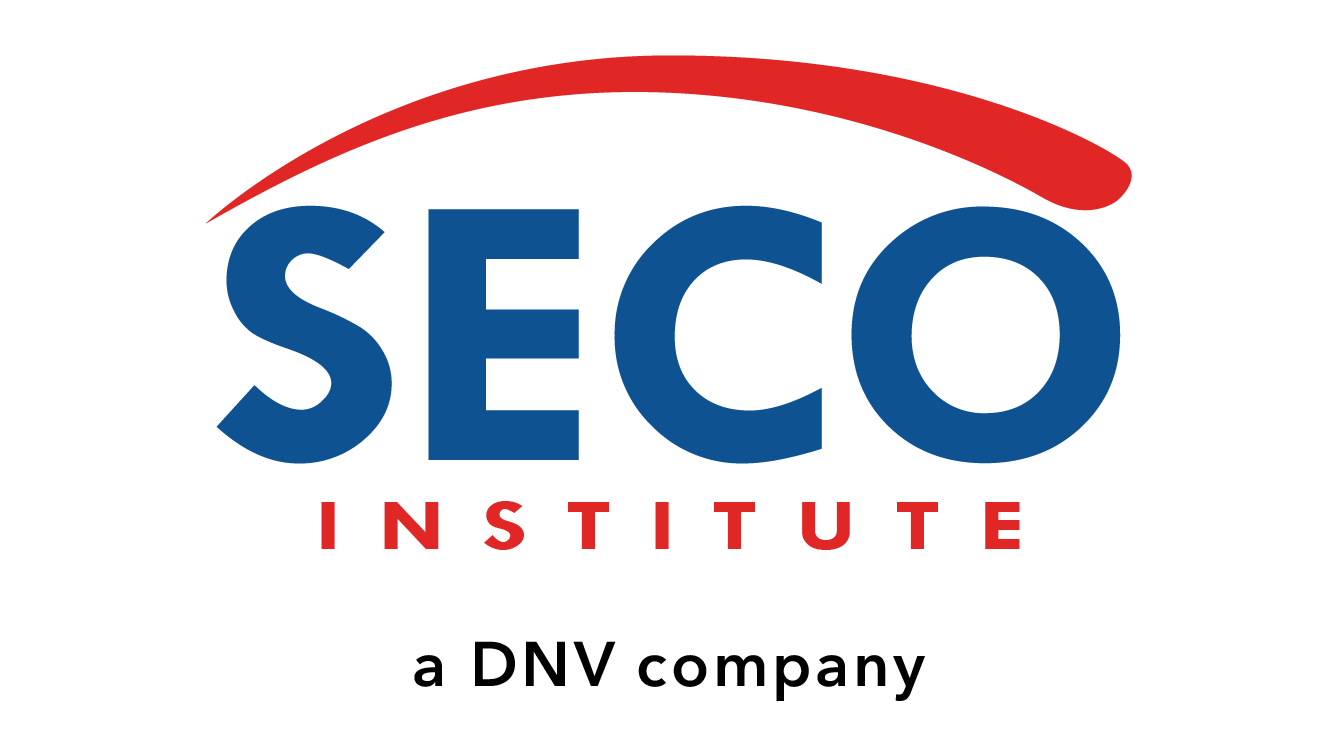Crisis Management Practitioner course
Deep dive in Crisis Management, heavily hands on driven with group assignments and a table top exercise.

Crisis Management Practitioner (CMP) prepares you for a successful progression into a crisis management role. You will learn to implement a crisis management and communications process in your organisation, and practice your crisis management and crisis communications skills with increasingly complex crisis scenarios. You will learn hands on how to develop and run simulated, interactive tabletop exercises to tests the organization’s Crisis Management Plan and its capability to respond to an emergency, disaster or crisis situation. At the end of the course, you will be able to set up an internal crisis organisation and handle a crisis in line with crisis management best practices.

Mariette Neumann
Author & Trainer
Senior Advisor & Co-Founder
ITP Groep Crisismanagement

Tadas Jakstas
Trainer
Consultant Cyber Security, Crisis Management and Critical Infrastructures at NRD Cyber Security

Jacob van ‘t Slot
Trainer
NGO security-, and crisis management advisor
Co-Founder at Global Risk Advice
At a Glance
Advanced level
Crisis Management Practitioner
Professionals looking to progress into a crisis management role
Deep dive in Crisis Management, heavily hands on driven with group assignments and a full day Crisis Simulation Exercise. Practice your crisis management and crisis communications skills with increasingly complex crisis scenarios and stakeholders.
Set up a Crisis Management Organisation and handle a crisis in line with crisis management best practices. Identify roles, responsibilities and competencies for a Crisis Management Organization. Allocate resources to the crisis management organization.
Implement a crisis management and communications process in your organization.
Draw up a crisis management plan. Assess your crisis management plan and identify areas for improvement.
Run a Crisis Management Simulation exercise. Handle a crisis in line with crisis management best practices. Chair a crisis management team meeting, inform employees and other stakeholders, monitor media.
Identify and mitigate reputational and continuity risks. Design your crisis communications strategy, with a special focus on handling social media and the press. Draft a crisis press release.
What’s included
- Official SECO-Institute course materials
- Training from passionate instructors with exceptional skills
- Access to the SECO member portal
- Practice exam
- Exam voucher
- Membership to SECO’s Alumni Network after passing the exam
Syllabus
Day 1 – Set the stage, build your Crisis Management Organization
Module 1 starts with a short recapture of Crisis Management core principles, the different types of Crises and how to identify and deal with them. We’ll evaluate how crises emerge and progress and put it in the context of being ‘Crisis-Ready’. You’ll explore the organization environment of Crisis Management and related domains, how stress impacts crisis management and response, and practice proven crisis methodologies that enable decision making.
Topics:
- Crisis classification, impact, approaches
- Crisis- preparedness
- Crisis stages following disruption
- Context: Resilience Management, Busines Continuity Management
- Dealing with Stress
- Crisis methodologies enabling decision making
Module 2 evaluates and practices the different ways to compose and activate the CMO/ CMT, their processes, teams, members, roles, tasks and responsibilities. You’ll implement the crisis control methodology to triage information during a crisis, assess severity and areas of impact, make decisions, distribute assignments and monitor them. Best practice communication structures between the CMO teams during the various stages of a crisis are practiced and discussed in -depth. The module ends with the crisis resolution stage, stressing the importance of recovery and aftercare, being prepared for the ‘crisis after the crisis’, and how to organize a crisis evaluation to identify and implement improvements of plans, processes and communications.
Topics:
- Activating the Crisis Management Organisation (CMO)
- Allocating roles and responsibilities in the CMO
- Effective Crisis Management Team meetings structures
- Implement best-practice crisis control methodology defeating chaos
- Communication structures between CMO teams
- Implement crisis resolution stage: Recovery and aftercare, the crisis after the crisis, crisis evaluation and improvement plans
Day 2 – Managing a Crisis & Collaboration between teams
Building on the structures laid down in Module 2, the course dives into the hands on activities while managing an actual crisis situation. You will apply suitable crisis strategies, work with the crisis control methodology effectively, triage and analyse information from various sources, and put the information in the right context to enable decision-making, and perform effectively in a Crisis Management Team (CMT) meeting.
Topics:
- Recognizing and applying crisis strategies
- Working with crisis control methodology
- Information analysis, triage and contextualization for good decision-making
- Crisis Management Team (CMT) meeting structure and CMT meetings in practice
Communication is key when dealing with a crisis. The different hierarchy levels within a Crisis Management Organization are challenging, but you need to deal with them because they are given elements of the chess board. As is the CMO communication structure complex and methods of communication difficult, but if you master them, you have a winning team. We’ll spend a large portion on the role of the Support Team as “the spider in the web”, and essential for the CMT.
Topics:
- Hierarchical structure of the Crisis Management Organisation (CMO)
- Organising the CMO communication structure
- Applying methods for communication between CMO teams
- Importance and role of the Support Team in the CMO
- The way stress affects the brain and impacts communication between teams
Day 3 – Impact and stakeholder analysis, Crisis Communications
You will evaluate the three main impact areas that can cause serious damage, and how to identify, qualify and stop their impact as soon as possible to restore safety, operations and reputation. You will perform environmental analysis as a crucial tool to identify all stakeholders and elements influencing the organisation’s performance under pressure, and practice managing stakeholders’ perceptions and expectations to prevent an even bigger crisis. You’ll learn and practice the difference in responsibilities when switching from daily business to crisis mode (and back), and the importance of taking ownership.
Topics:
- Crisis impact areas and potential consequences
- Crisis environment analysis
- Identifying stakeholders and dividing them into target groups
- Ownership and responsibilities
In Module 5 we focused on stakeholder analysis and the processes, now it’s time to focus on the output of proper communication. You’ll learn in a practical way what makes crisis communications effective, how to set priorities in internal crisis communications, how to apply external crisis communication strategies and how to communicate effectively with the press.
Topics:
- Fundamental objectives
- Starting points: Unambiguous, honest, distinct and timely
- Innovations affecting crisis communications: The shift from sending messages (image) to dialogues (reputation)
- Communication in the Crisis Management Organisation
- Internal communications and prioritization
- External communications and application of communication strategies
- Relationship with the press and proper crisis response communication
Day 4 – Reputation Management and Managing Social Media
Reputation is your most valuable intangible asset and everyone in the Crisis Management Organisation should know its fundamental principles at the very least. In this module you will dive deep into reputation management ownership, how to nurture trust, and why and how a strong damage control strategy involves identifying potential reputational issues in the very first phase of a crisis.
Topics:
- Ownership of reputation management
- Brand identity, image and reputation
- Basics of reputation management
- The role of trust
- Identification of reputational issues as part of a strong damage control strategy
Social media is an integral part of our life and daily routines, the media landscape has undergone a paradigm shift and trends in social media are changing rapidly. In this module we’ll focus on social media developments and their influence on crisis communications and reputation management. You’ll apply risk response strategies to handling social media and how to use social media to communicate about a crisis. You will understand the pros and cons of using social media, but that in any case it cannot be ignored.
Topics:
- Social media developments and their impact on crisis communications
- Risk response strategies
- Using social media during a crisis
- Pros and cons of using social media in crisis communications
Day 5 – Crisis Simulation Exercise
The course ends with a simulated, interactive tabletop exercise that tests the organization’s Crisis Management Plan and its capability to respond to a simulated emergency, disaster and crisis situation. The exercise is built on SECO Institute’s fictional company Bicsma. Students act as its crisis management team and will bring into practice the crisis methodology and exercise the specific crisis management team roles as learned throughout the course. (For In Company trainings, this exercise can be tailored to the specific requirements of our client).
Collect your badge of honor
Exam
- Language: English
- Delivered: Online via a certified proctor
- Questions: 40 multiple choice
- Time: 120 minutes
